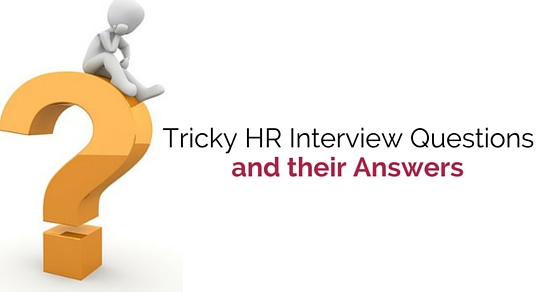11). What are the differences between EJB 3.0 and EJB 2.0?
EJBs are now plain old Java objects (POJO) that expose regular business
interfaces (POJI), and there is no requirement for home interfaces.
► Use of metadata annotations, an
extensible, metadata-driven, attribute-oriented framework that is used to
generate Java code or XML deployment descriptors.
► Removal of the requirement for specific
interfaces and deployment descriptors (deployment descriptor information can be
replaced by annotations).
► Interceptor facility to invoke user
methods at the invocation of business methods or at life cycle events.
► Default values are used whenever
possible (“configuration by exception” approach).
► Reduction in the requirements for usage
of checked exception.
► A complete new persistence model (based
on the JPA standard), that supersedes EJB 2.x entity beans
12). What is the diffrence between a local-tx-datasource and a
xa-datasource? can you use transactions in both?
A local-tx-datasource identifies a data source that uses transactions,
even distributed trans actions within the local application server, but doesn’t
use distributed transactions among multiple application servers. An
xa-datasource on the other hand identifies a data source that uses distributed
transaction among multi-ple application servers.
13). What do you need to set-up a cluster with JBoss?
Basically starting JBoss with the “all” configuration contains
everything needed for clustering:
It has all the libraries for clustering:
► JGroups.jar, jboss-cache.jar
► Clustered beans (cluster-service.xml)
► HA-JNDI
► HTTP session replications
(tc5-cluster-service.xml)
► Farming
► HA-JMS







